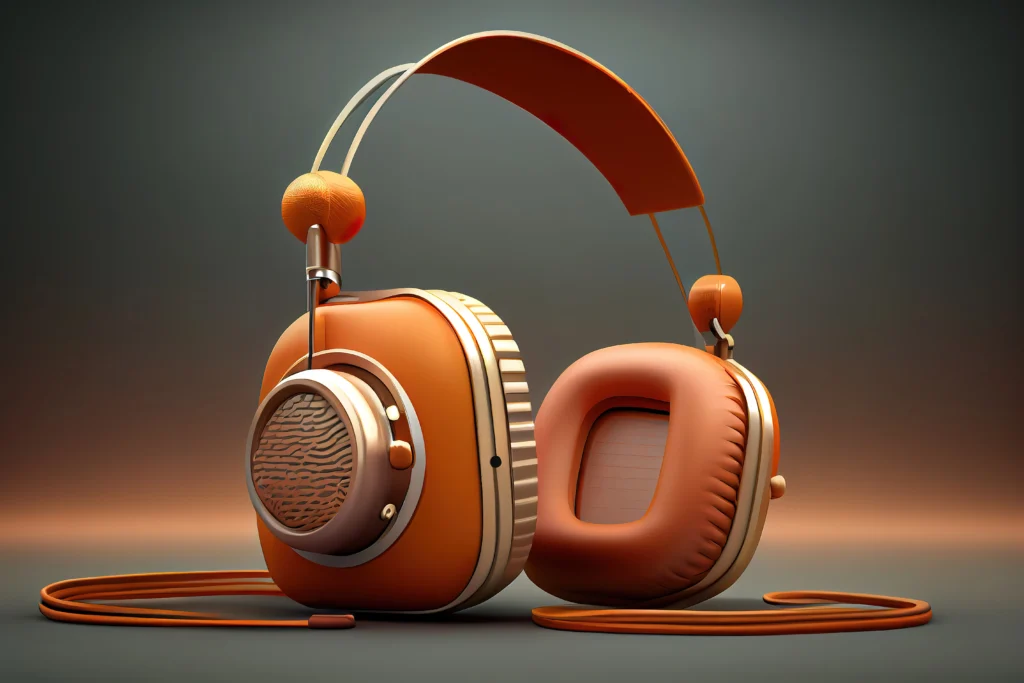Table of Contents
Sonic Branding Strategy: Case Studies & Examples
Who doesn’t remember the ‘dhak dhak dhak’ sound of Enfield’s bullet bike? Even today, that voice has many fans. Sound waves associated with the brand have a place in capturing the market. It’s possible that Bullet’s ‘dhak dhak dhak’ sound was added to the brand for this purpose. But voice branding is on the rise today.
Branding with sound is called ‘Sonic Branding’. Entrepreneurs can replicate this approach, which has countless applications in the commercial world.
Why Sonic Branding Strategy
Sonic branding is to give a unique sound to the brand in the world market that gives priority to the brand’s personality. In the 1980s, many brands gained popularity with music in their advertising campaigns. One method was to repeat the brand name in a pleasant melody. Examples of advertisements are ‘Washing Powder Nirma’ and ‘Hamara Bajaj’.
Sonic branding strategies with melody or specific sounds based on phonetics can resonate deeply with people. Windows 95’s 6-second tone, composed by Brian Eno, is highly acclaimed.
The objective of Sonic Branding: Increase acceptance
The objective of every SOGO (sound logo) is to strengthen the acceptance of the brand. They should be short and able to convey the brand’s values to the user. McDonald’s “I’m Lovin’ It,” Coca-Cola’s Taste the Feeling, Intel’s Bong, etc. are the SOGOs that have gained global attention. Even though Nokia phones are struggling to stay on the market, there are still many people who use Nokia tones as ringtones. Also unavoidable is the popular Apple Marimba Tune on the Apple iPhone and its subsequent variants.
Competitors’ phone users also use Apple ringtones. MasterCard spent two years developing its unique Sogo. They have specially designed SOGOs for transactions on virtual platforms like Amazon Alexa. All of these are examples that confirm the importance of sonic branding globally.
McDonald’s, Disney, Intel, and Apple are the top four sonic brands, according to AMP, the giants of sonic branding. All of them have made a lot of effort for this.
What is the Advantage of Sonic Branding?
Studies show that sonic branding can help create a brand personality in the public mind and mold loyal customers. Studies have also shown that it can stimulate emotions such as enthusiasm, happiness, and sadness in users. Sonic branding is also capable of creating a willingness to pay for the product.
Audio Branding for Small Brands
Smaller brands haven’t experimented with sonic branding because of the money it costs to develop chords and melodies. There may be additional costs for advertising using this. Being able to create better brands at a lesser cost helps smaller brands.
In this day and age of social media popularity, the latter costs can be curbed to some extent and branding can be improved. It is hoped that more Indian brands will experiment with the endless possibilities of sonic branding in the coming years.
Titan, the pioneer
Tata’s wristwatch brand, Titan, has led the way in this field in India. It was Mozart’s 25th symphony that was extended by Titan to Indians, who had little to do with Western classical music. Later, Aamir Khan and Katrina Kaif came as Titan’s ambassadors, but Titan’s signature nature tune released in the late 1980s is still used today with seasonal changes.
Similarly, even those who don’t eat biscuits are familiar with Britannia SOGO’s ‘Ting Ting Ti Ting’. SOGOs that are shorter in length are more likely to come to mind. However, Airtel Tune is an exception to that. Composed by AR Rahman, the Airtel tune that never gets boring, no matter how many times you listen to it, is mesmerizing in its sonic branding. Kingfisher is an Indian brand that pays much attention to sonic branding. Indian youth are still stepping on its charms.
Conclusion: The Impact of Sonic Branding on Connecting with Consumers
In conclusion, the power of Sonic Branding is evident in its ability to leave a lasting imprint on consumers’ hearts and minds. As we reflect on iconic sounds like the ‘dhak dhak dhak’ of Enfield’s Bullet or the familiar tunes of McDonald’s and Apple, it becomes clear that audio branding goes beyond just auditory recognition; it forms an emotional connection between the brand and its audience. The success stories of global giants such as McDonald’s, Disney, Intel, and Apple underscore the importance of investing in a unique and memorable sound identity.
While the cost may be a deterrent for smaller brands, the evolving landscape of social media provides a cost-effective platform for experimentation. Titan, with its symphonic approach, stands out as a pioneer in India, showcasing how even in a diverse market, a well-crafted sonic identity can transcend cultural barriers.
As the world of branding continues to evolve, entrepreneurs and businesses, both large and small, should consider the endless possibilities that sonic branding offers. In this pursuit, finding the right partner, such as the best branding agency, becomes crucial. The right agency can help curate a distinctive sound that resonates with the brand’s personality and values, paving the way for increased brand acceptance, customer loyalty, and emotional engagement.
In the coming years, it is hoped that more Indian brands will embrace the potential of audio branding, contributing to a symphony of diverse and captivating brand experiences. Just as the ‘dhak dhak’ became synonymous with Enfield, every brand has the opportunity to create its unique sound that echoes in the hearts of consumers worldwide.



